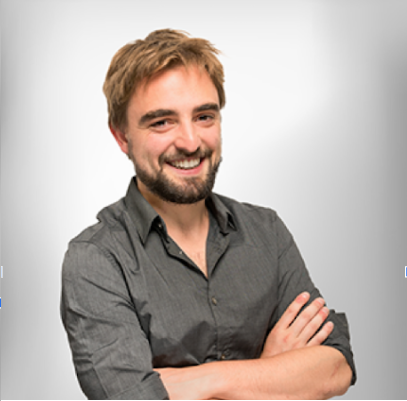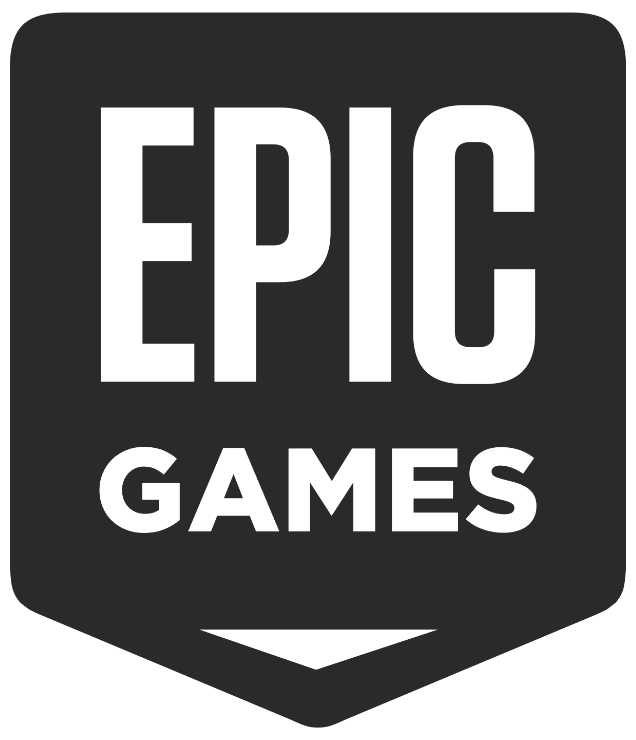VIRTUAL WORKSHOPS
Friday, November 7th | Virtual Event
Immerse yourself in a full day of Workshops hosted by design innovators and software pioneers developed to introduce participants to a wide range of powerful new workflows that enable new ways of working and enhance existing design processes.
Agenda
10:00 am - 1:00 pm
1:00 pm - 2:00 pm
2:00 pm - 5:00 pm
Morning Classes
Lunch Break
Afternoon Classes
morning classes
ShapeDiver | Title Coming Soon
Description Coming Soon
-
I am the Head of Product, as well as one of the founders of ShapeDiver. I focus on expanding the ShapeDiver product to cater to various industries leveraging parametric design in their workflows. In the context of the AEC industry, I helped push the collaboration and interoperability functionalities of ShapeDiver that we will introduce in the present workshop.
I hold a Ph.D. in Applied Mathematics. Before founding ShapeDiver, I spent several years with the Vienna-based company Evolute, developing software and consulting for architects and engineering firms, all along gaining experience with building tools for Rhino and Grasshopper.
Nature Architects | Design Space Exploration and Optimization with Tunny
Discover how Tunny revolutionizes the optimization landscape in Grasshopper, offering powerful alternatives to traditional genetic algorithms. This comprehensive hands-on workshop explores the full spectrum of optimization techniques—from Bayesian optimization (TPE, GP) to evolutionary algorithms (NSGA-II, CMA-ES) and beyond, applicable to any design challenge requiring optimization. Starting with fundamental optimization concepts through simple mathematical functions, you'll learn how to set up optimization problems, analyze results using Tunny's visualization tools, and understand when different algorithms excel. We'll progressively build complexity, moving from basic parameter optimization to multi-objective problems, demonstrating core principles that apply across all design disciplines. Through practical examples including structural applications with gridshell design and Karamba3D integration, you'll see how these optimization techniques translate to real-world challenges. However, the methods you learn extend far beyond structural engineering—whether optimizing architectural layouts, product designs, or any parametric system. Tunny's powerful design space exploration capabilities prove invaluable for machine learning applications. You'll discover how to systematically sample and analyze design spaces, then build predictive models for instant performance estimation. Whether you're a structural engineer, architect, product designer, or any computational designer seeking efficient optimization tools, this workshop provides practical skills that go well beyond traditional trial-and-error approaches.
-
Hiroaki Natsume is a Chief Engineer at Nature Architects, Inc. and freelance Computational Designer based in Tokyo, Japan. Hiroaki's work builds on his structural engineering background in architecture by bridging the domains of computation and design across multiple industries, from high-rise buildings to automotive mechanical components. He specializes in structural design for both architectural and mechanical parts while developing optimization tools to improve design efficiency. His notable project is Tunny, a black-box optimization tool for Grasshopper that he developed to streamline complex design processes across various engineering disciplines.
VIKTOR | Title Coming Soon
Description Coming Soon
-
—
afternoon classes
Romantic Technology | Customized Intelligence / Adapt RavenAI to Your Workflows in Grasshopper
The next frontier of computational design is already here, and it’s powered by generative AI. This intensive workshop is a master class in customizing Raven, the AI plugin for Grasshopper, to supercharge your own workflows. We have left one-size-fits-all automation behind and are now building highly tailored, high-performance pipelines that fuse designers’ control and experience with machine intelligence. Participants will dive straight into hands-on strategies for integrating Raven into their personal design and engineering processes. We’ll explore how to push Raven beyond default behavior: from adapting AI logic to your own scripts, to orchestrating plugin interoperability, to embedding simulation-informed feedback directly into design iterations. Whether it’s energy modeling, physics-informed geometry, or complex data-driven workflows, Raven can be tuned to work with your toolkit and your problems.
By the end of this fast-paced session, participants will:
Master Raven’s customization strategies for real-world professional use.
Learn how to integrate Raven seamlessly with Grasshopper’s most powerful plugins.
-
Moritz Rietschel is a designer and researcher from Switzerland. He completed his undergraduate studies in Austria, where he worked on robotic fabrication and experimental design methods in the Creative Robotics Research Group led by Professor Johannes Braumann. He came to UC Berkeley to join Professor Simon Schleicher’s robotic fabrication lab and to explore human–AI collaboration with Professor Kyle Steinfeld. His current work focuses on how large language models can engage in computational design reasoning—specifically in generating and adapting parametric systems within architectural workflows. He is a co-author of Mediating Modes of Thought (ACADIA 2024) and is actively publishing further research in the emerging field of AI–human co-design, with a focus on systems capable of geometric and algorithmic reasoning.
Pininfarina | Custom Agent Development for Design and BIM
Description coming soon
-
As Lead Design-Architect at Pininfarina, I bring over a decade of experience leveraging computational design and emerging technologies to shape innovative design workflows. My work integrates tools such as Rhino/Grasshopper, Python, and NVIDIA Omniverse to connect design intent with performance, fabrication, and immersive visualization, aligning architecture with advanced technologies.
From 2021 to 2024, I contributed to advancing computational design systems and real-time collaborative platforms at Woods Bagot. My passion lies in exploring AI as a creative medium to push design boundaries and create scalable frameworks for the architecture, engineering, and manufacturing sectors. I am motivated by the potential of AI, simulation, and design intelligence to drive innovation and adaptability across industries.
Perkins & Will | Prompt, Respond, Refine: Vibe Coding in Design
As AI becomes increasingly embedded in design practice, a new paradigm is emerging—one where we code not through syntax, but through conversation. This workshop introduces Vibe Coding, a design-oriented workflow that uses large language models (LLMs) as collaborative partners in generating scripts, geometry, patterns, and more. The participants will explore how to frame the right question, interpret responses, and refine outputs—all without traditional programming experience.
-
My journey as a designer has always been about exploration and innovation. I thrive on diving into the endless possibilities of technology and design, constantly pushing my boundaries as a computational designer. From scripting in Grasshopper to experimenting with the latest VR tools, I’m always on a quest to discover new ways to bring ideas to life.
But it’s not just about the tech—it’s about sharing that journey. I love guiding and teaching others, helping them harness the power of different programs and techniques. It’s the collaboration and the shared excitement of discovery that get me out of bed every morning. Together, we can shape the world into a better, more creative place.
Thank you to our Partners!
THANK YOU TO OUR SPONSORS!
Continue to stay informed by following us on Twitter, Instagram, and checking our website.
Please take a minute to review our values and promise to the community.

















